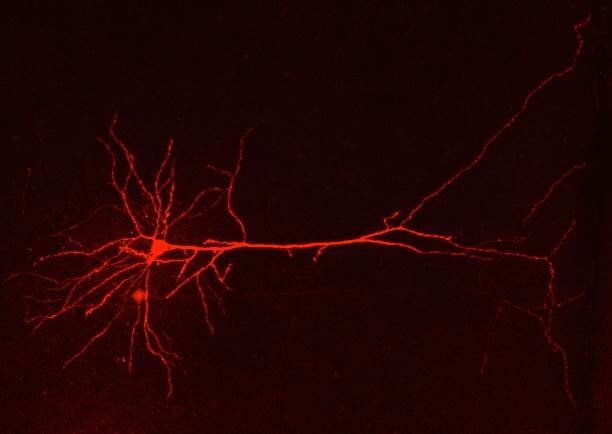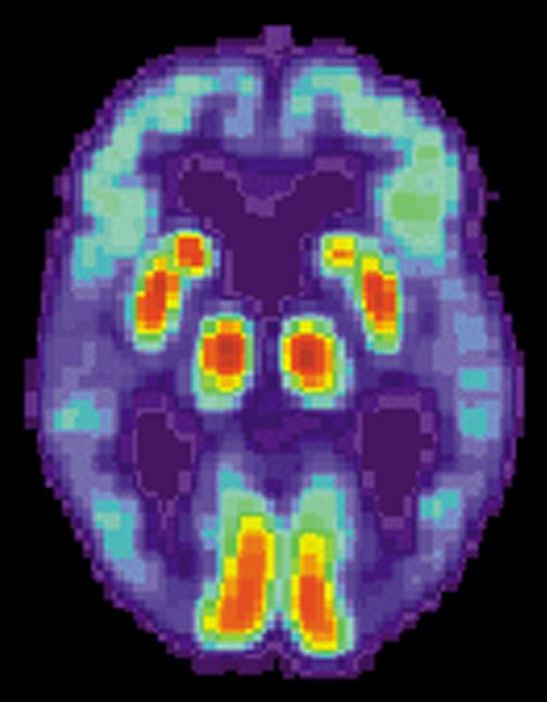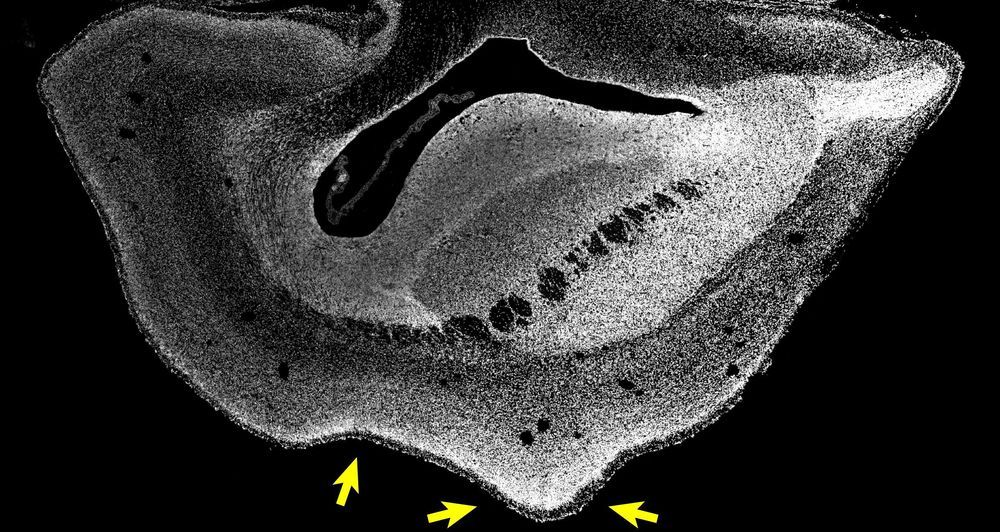The world’s largest genetic study into chronic fatigue syndrome is to be launched in the UK after receiving £3.2m of funding from the Medical Research Council and National Institute for Health Research.
The research aims to shine a light on the debilitating long-term condition, about which little is known, by collecting DNA samples from 20,000 people who have CFS, also known as myalgic encephalomyelitis (ME).
CFS is believed to affect about 250,000 people in the UK and has been estimated to cost the economy billions of pounds each year. Individuals experience exhaustion that is not helped by rest, with one in four so severely affected they are unable to leave the house and, frequently, unable to leave their bed. Other symptoms include, pain, mental fogginess, light and noise sensitivities, as well as trouble with memory and sleep. No effective treatment exists.









